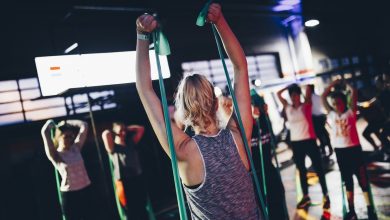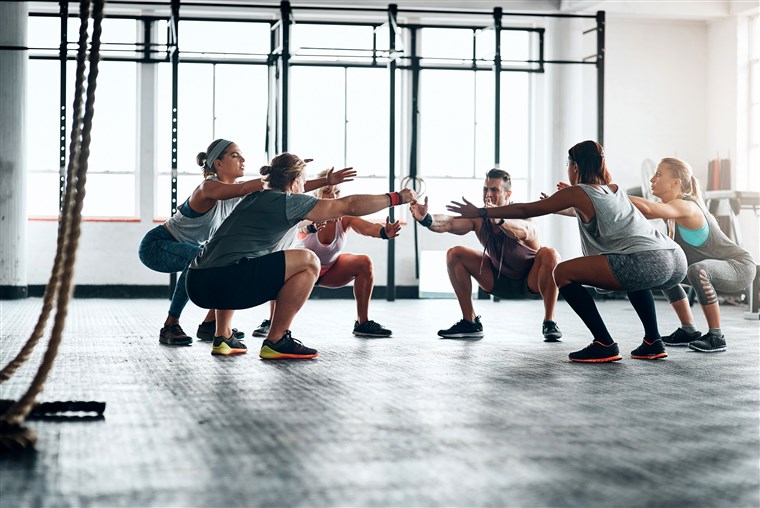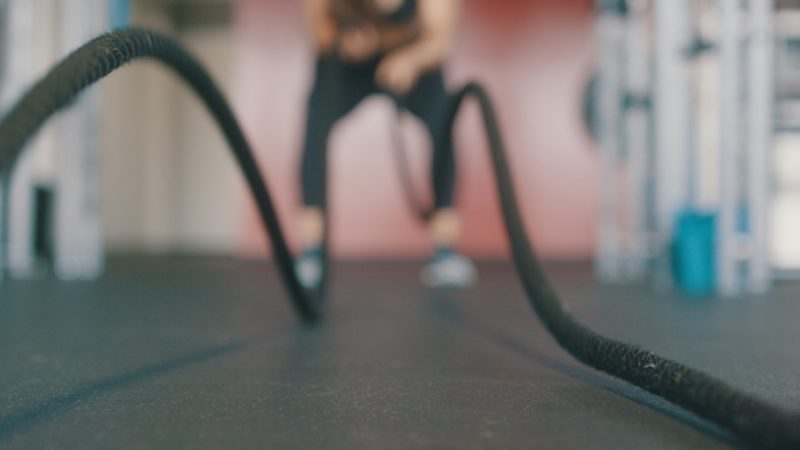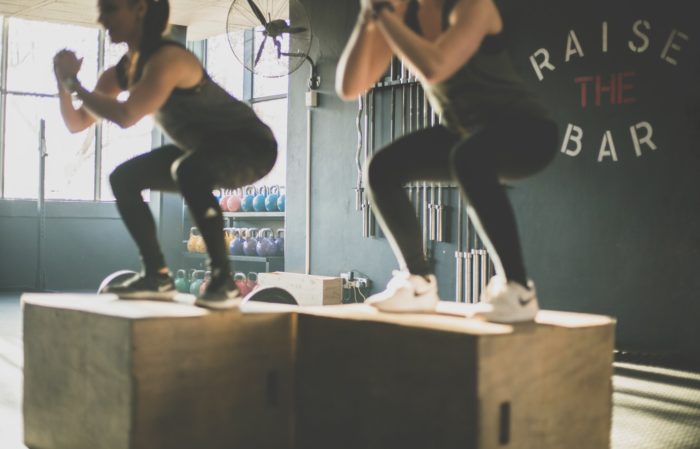
HIIT vs LISS – Which is Better for Weight Loss?
If you’ve been searching for a weight loss workout, it’s likely you’ve come across HIIT vs LISS on your travels.
Both are often referred to when it comes to a fat burning workout. However, there’s often disparity between which is best.
But what makes one weight loss workout the ‘best’?
To find out which will suit you and your goals, we’ve pitted the two against each other in a HIIT vs LISS battle of the workouts.
Read on and find out which one you should be hitting to lose weight.
The benefits of HIIT workouts
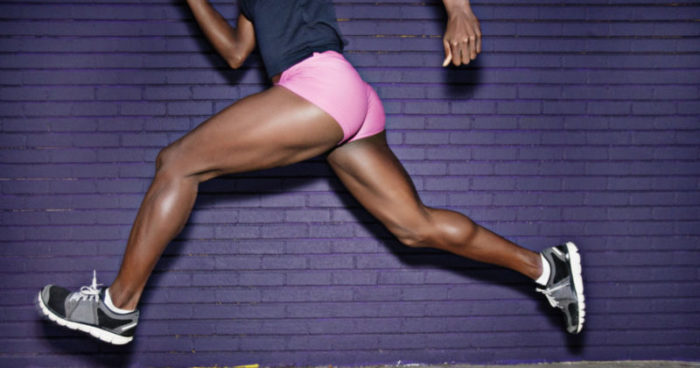
This form of working out is a highly intense and based around short periods of maximum effort, alternated with brief rests – hence the name High Intensity Interval Training.
When it comes to HIIT benefits, we’re spoilt for choice.
Science has shown this form of training is one of the best ways to home in on fat burning. Studies have found it can burn around 25-30% more calories compared to lower intensity training [1].
By working HIIT four times a week for just 20 minutes, participants in a study showed a nine percent increase in fat oxidation after five weeks [2]. This is the equivalent of cycling consistently for 40 minutes four times a week.
Not only does HIIT trigger some powerful fat burning processes, it also increases power output and enhances athletic performance too [3].
One thing that makes this a favorite among those looking to lose weight is that fact that it induces a state called EPOC [4]. This means after a HIIT workout, you can continue to burn calories for up to 24 hours later.
While HIIT clearly does some incredible things within your body, it’s also easy to fit into your workout routine.
Because HIIT training is so short and sharp, it won’t cut into your time as much as steady state cardio will. In a study that compared the two, participants preferred HIIT training as they found it more time efficient and enjoyable [2].
HIIT cons
While HIIT workouts can be a really effective way of targeting fat, it’s not perfect, and there are definitely some negatives to take into account.
- Let’s face it, HIIT is hardcore. When you’re working to the max there’s risk of injury and, if you go too hard, it could lead to over training. In extreme cases, it can even lead to rhabdomyolysis [5].
- For some people, pushing yourself to the max might not be something you want to do regularly. It’s hard and it often leaves you gasping for breath and that’s just not for everyone.
- Due to the intensity, HIIT workouts that utilize resistance can take you a while to recover from. While it might only be a 20-minute workout, the repercussions on your body can be intense, so you may have to factor that into your weekly routine to avoid over training.
The benefits of LISS cardio workouts
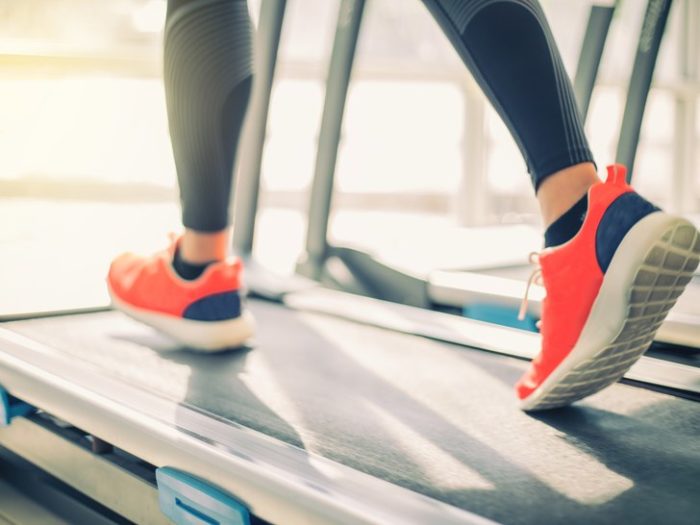
This means low-intensity steady-state cardio and is a form of training where you maintain a low-intensity aerobic activity for a prolonged time period.
That activity can be anything from walking to cycling, as long as you can maintain a slightly elevated heartrate throughout. This should be around 50-60% of your maximum.
It should also last for anything between 30-60 minutes to get any kind of weight loss results.
With LISS, there are very different benefits to consider.
Steady-state cardio, by its very nature is a lot more relaxed than HIIT, which has its upsides. For example, if you’re new to fitness, it’s less dangerous for you to perform a longer, less energetic session than it would be to do a high intensity workout [6].
Perhaps due to its less intense nature, it also has a higher adherence rate in older people, compared to HIIT [7].
LISS gets results too. By raising your heartrate just slightly to around 60% you’ll reach the “fat-burning zone”. In this sweet spot your body will turn to fat to produce a higher percentage of its energy during exercise. While you won’t burn more calories, you will be using more fat than you normally would.
LISS cons
While steady state cardio will give you benefits, you need to find the balance between the good and the bad sides of using this as your weight loss tool.
- It’s easy to plateau with LISS. If you’re not pushing yourself, which is fundamentally the format of steady state cardio, then you’ll adapt quickly to it [8]. This means you’ll only feel the benefits up to a certain point in terms of physical performance.
- With LISS workouts, you don’t push your body into a state of EPOC, which can continue to burn fat for 24 hours after you’ve finished a HIIT workout.
- While LISS is good for your cardiovascular system, it doesn’t require power and can therefore lead to a deterioration in muscle. With less muscle on your frame, your resting metabolism is actually lower, making it harder for you to burn additional calories in the long run [9].
- Due to the low-key nature of this form of training, it doesn’t actually help to improve your athletic performance. So, if you’re looking to improve your strength, power or speed, LISS isn’t the exercise for you.
HIIT vs LISS for fat loss – which one should you choose?
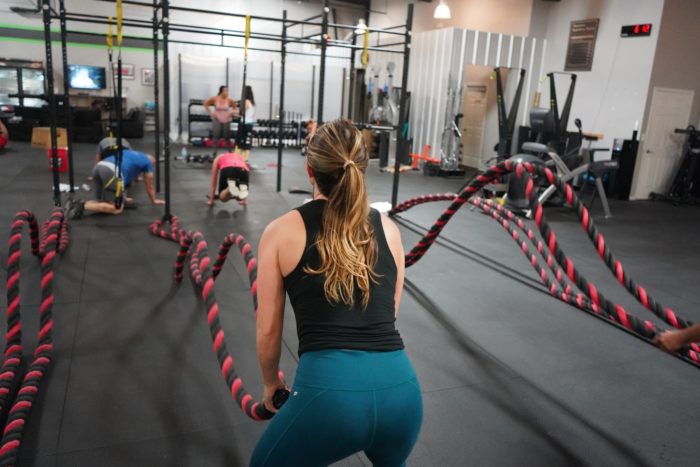
There’s no doubt that both have their pros and cons when it comes to fat burning. Making a decision on HIIT vs LISS should be based on your own personal needs.
For example, if you don’t have the time to spend an hour plugging away on the treadmill then HIIT should be the fat loss workout for you.
Similarly, if you’re worried about the intensity of HIIT, then go for a steady state cardio workout instead.
It’s also worth thinking about the effects both have on your body. There’s a high risk of plateau and lowering metabolism with LISS, whereas HIIT can take longer to recover from. On the flip side, they both offer fat burning qualities that make them very useful to someone looking to drop a few pounds.
Key Point: Take your personal needs into account when choosing between HIIT vs LISS workouts
Final word
These two weight loss workouts are almost polar opposites and, at the end of the day, you need to weigh up your personal needs against both styles of training.
Whichever one you choose, you can complement it with weight training to increase the amount of muscle you hold and therefore boost your metabolism.
Finally, if you do decide to opt for LISS, remember it can deteriorate your muscle stores, so think about adding a HIIT workout in there occasionally too.
Good luck, girl.
